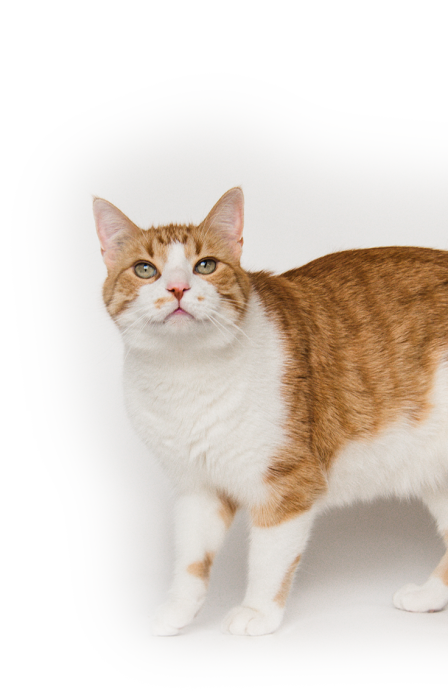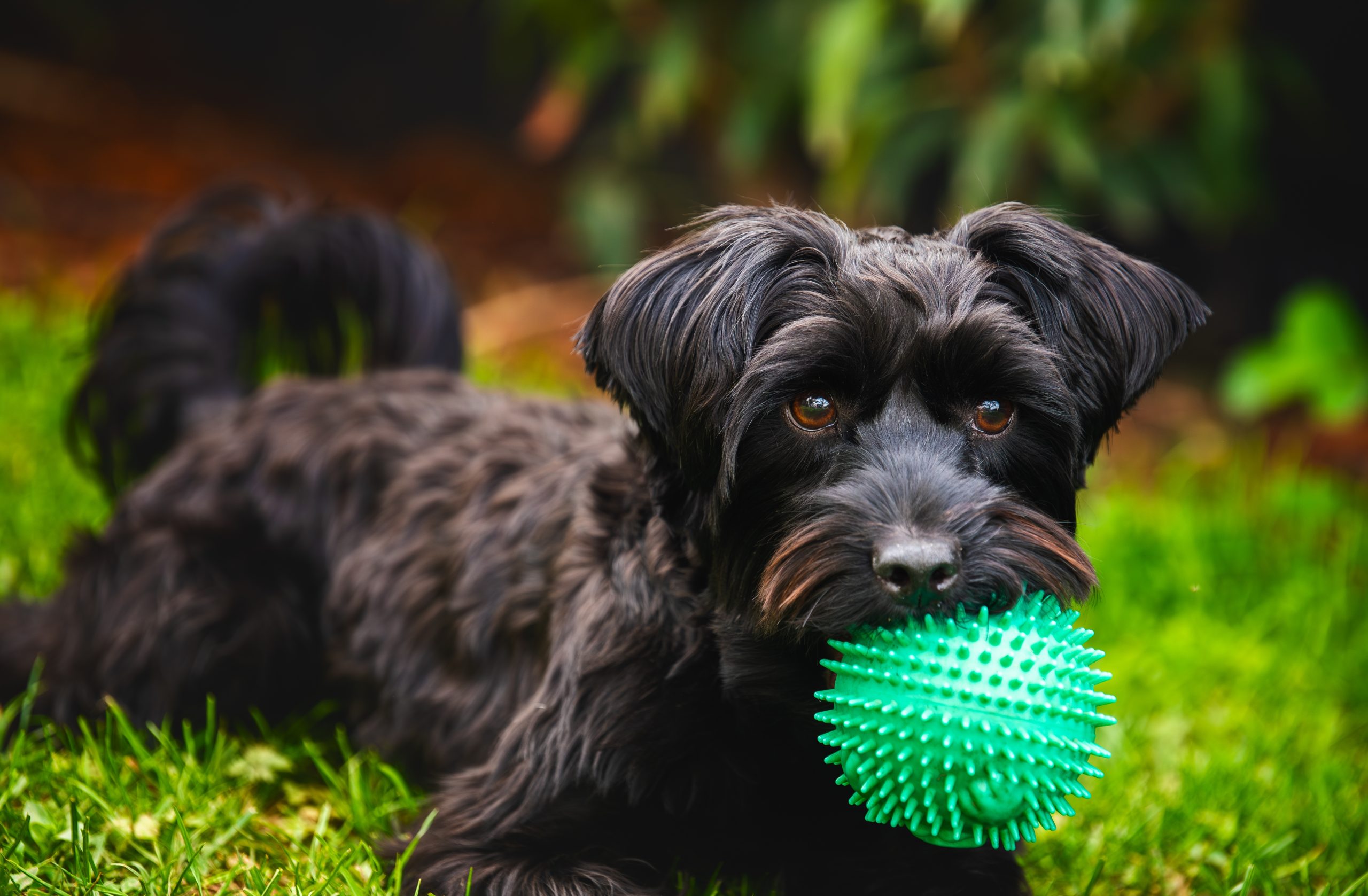As pets grow older, their needs change in ways that may not always be obvious. We often notice the gray fur and slower steps, but the environment around them can be just as important as their health. By making a few thoughtful changes at home, we can ease daily movement, reduce risks, and create comfort.
Ramps for Safe Movement
Adding ramps in the right spots makes a real difference for senior pets. Stairs and high furniture can turn into challenges when joints grow stiff. By giving them a gentle slope, we save them from unnecessary strain. Ramps should have a non-slip surface and a steady base.
We can place ramps where pets access couches, beds, or porches. A wider surface gives them better balance. For dogs, a gradual incline works best, while cats often prefer shorter but stable platforms. Keeping them clean and free of clutter ensures safety. A practical tip is to let pets explore the ramp at their own pace. Treats or familiar toys can help build trust so they do not feel pressured.
If we are unsure about designs that fit our home, resources like mobile veterinary services can guide us on supportive changes suited to each pet’s condition.
Rugs for Traction and Stability
Slippery floors can make walking risky for older pets. Rugs and runners offer grip and reduce falls. Placing them along hallways and common walking paths helps pets feel secure. Thicker rugs can cushion joints, but we must check that edges do not curl.
We should choose washable materials that can handle accidents and frequent cleaning. Rubber-backed rugs keep surfaces steady and prevent sliding. In areas where rugs are not possible, adhesive traction pads or paw grips may help. Our team has found that pets with arthritis benefit greatly from a clear pathway lined with soft surfaces.
Spacing rugs so there are no gaps makes movement easier. It is also wise to secure food and water areas with mats that prevent bowls from sliding. These small adjustments lower stress and give pets the freedom to move around without hesitation.
Bowls for Comfortable Eating and Drinking
Simple changes to feeding stations can support pets with joint stiffness or neck strain. Raised bowls let them eat and drink without bending too much. We should select a height that allows a natural stance, not too high or too low.
Weighted or non-slip bases keep bowls from tipping. Ceramic or stainless steel options are easier to clean and hold fewer odors than plastic. For pets with dental pain or missing teeth, wide shallow dishes make mealtime easier. Senior cats often prefer dishes with slightly curved sides so whiskers do not touch uncomfortably.
Fresh water is important, especially since older pets may drink less. Placing more than one water station around the home ensures easy access. Adding a pet fountain may also encourage them to drink more. These thoughtful changes support digestion, hydration, and overall comfort.
Daily Routines for Comfort and Stability
Consistency matters to older pets. They thrive on predictable schedules for feeding, exercise, and rest. By keeping daily patterns steady, we help reduce anxiety. Gentle walks at the same time each day create a rhythm they can rely on.
We should also allow more rest breaks during play. Their energy may not last as long, but short frequent activities keep muscles engaged without strain. Grooming sessions can be part of the routine too, giving us a chance to check for skin changes or new lumps.
A safe bedtime routine is equally valuable. Placing a supportive bed in a quiet space helps them rest deeply. Orthopedic padding or heated mats may comfort stiff joints. By observing small signs of discomfort, we can adjust routines before problems grow. For guidance beyond the basics, we can always contact us to arrange personalized home care support.
Extra Insights for a Safer Environment
Lighting is often overlooked, but dim rooms can confuse aging pets with vision loss. Adding night lights in hallways or near stairs gives them confidence. Doors that close softly prevent startling sounds. Baby gates can block unsafe areas without isolating pets from the family.
Temperature control also matters. Senior pets may feel cold more easily, so keeping rooms warm and drafts minimal helps. In summer, shaded spots and access to cool water prevent overheating. Monitoring their comfort in each season is an ongoing task.
We should also consider noise levels. Older pets with hearing loss may become jumpy when surprised. Soft voices, gentle movements, and clear hand signals can make communication easier. By combining these smaller details, the home becomes a supportive space.
FAQs
What type of ramp works best for a small dog?
A lightweight but sturdy ramp with a gentle incline is ideal. It should have a non-slip surface and be wide enough for steady footing.
How often should rugs be cleaned in pet pathways?
Rugs in common paths should be cleaned weekly or sooner if accidents occur. Washable materials make the process easier.
Is a raised bowl always necessary for senior pets?
Not always. If a pet has arthritis or neck pain, raised bowls help. If movement is flexible, regular bowls may still be comfortable.
What changes help a senior cat with night restlessness?
Adding soft lighting, keeping routines steady, and placing cozy bedding in quiet areas often reduce night pacing.
How can we tell if our senior pet needs more daily support?
Signs include hesitation on stairs, slipping on floors, difficulty rising, or changes in eating habits. These cues suggest it is time to adjust their environment.






